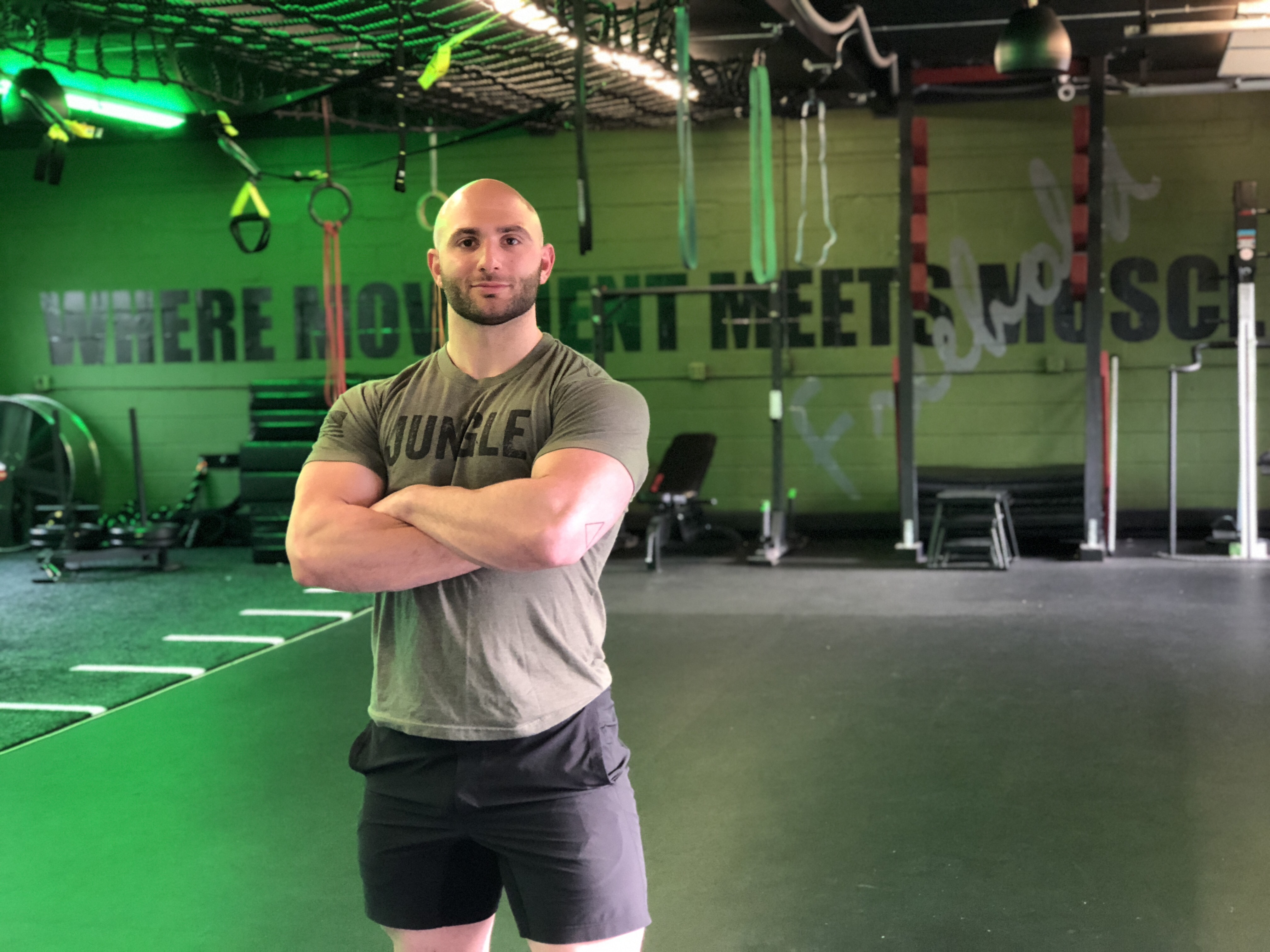Prioritizing Fitness and Safety: A Strategy for Reducing Injuries and Workers' Compensation Claims
- George Jungle

- Feb 16, 2024
- 2 min read
Updated: Feb 20, 2024

In the dynamic landscape of modern workplaces, the role of fitness and proper body mechanics extends far beyond personal health. It's a critical factor in reducing workplace injuries and subsequent workers' compensation claims.
Why Emphasizing Fitness is Essential in the Workplace
Engaging in regular fitness activities isn't just about personal health; it's a proactive measure against workplace injuries. Stronger, more flexible bodies are less prone to the strains and sprains that often occur in the workplace. By promoting a culture of fitness, we not only enhance our team's overall well-being but significantly reduce the risk of injuries that can lead to workers' compensation claims.
The Power of Body Autonomy in Preventing Injuries
Understanding and respecting our body's limits and capabilities is key in avoiding workplace injuries. Body autonomy in a fitness context means acknowledging when to push and when to rest, ensuring that each employee is aware of their physical boundaries. This self-awareness is crucial in preventing overexertion and strain, common precursors to injury.
However, a critical nuance often overlooked is the environment in which employees operate. Employees must feel empowered to take necessary breaks without fear of retaliation or negative judgment from their superiors. This fear can be a significant barrier to exercising body autonomy.
Lifting Techniques: A Cornerstone of Workplace Safety
Proper lifting techniques are not just good practice; they're essential for injury prevention. Incorrect lifting can lead to severe musculoskeletal injuries, one of the leading causes of workers' compensation claims. By training employees in proper lifting methods – such as lifting with the legs, keeping the load close to the body, and avoiding twisting motions – we can significantly reduce the risk of these injuries.
Creating a Safety-First Culture to Mitigate Compensation Claims
As business leaders, we have the power to cultivate a safety-first culture. This includes regular training on safe lifting techniques, encouraging breaks for physical activity, and creating a supportive environment where employees feel comfortable discussing their physical limitations. WorkplaceSafety, InjuryPrevention, WorkersCompensationBy doing so, we not only ensure the well-being of our team but also mitigate the financial and operational impacts of workers' compensation claims.
Let’s unite in fostering a workplace where fitness and safety are paramount. By doing so, we not only create a healthier team but also a more sustainable and productive work environment.

Comments